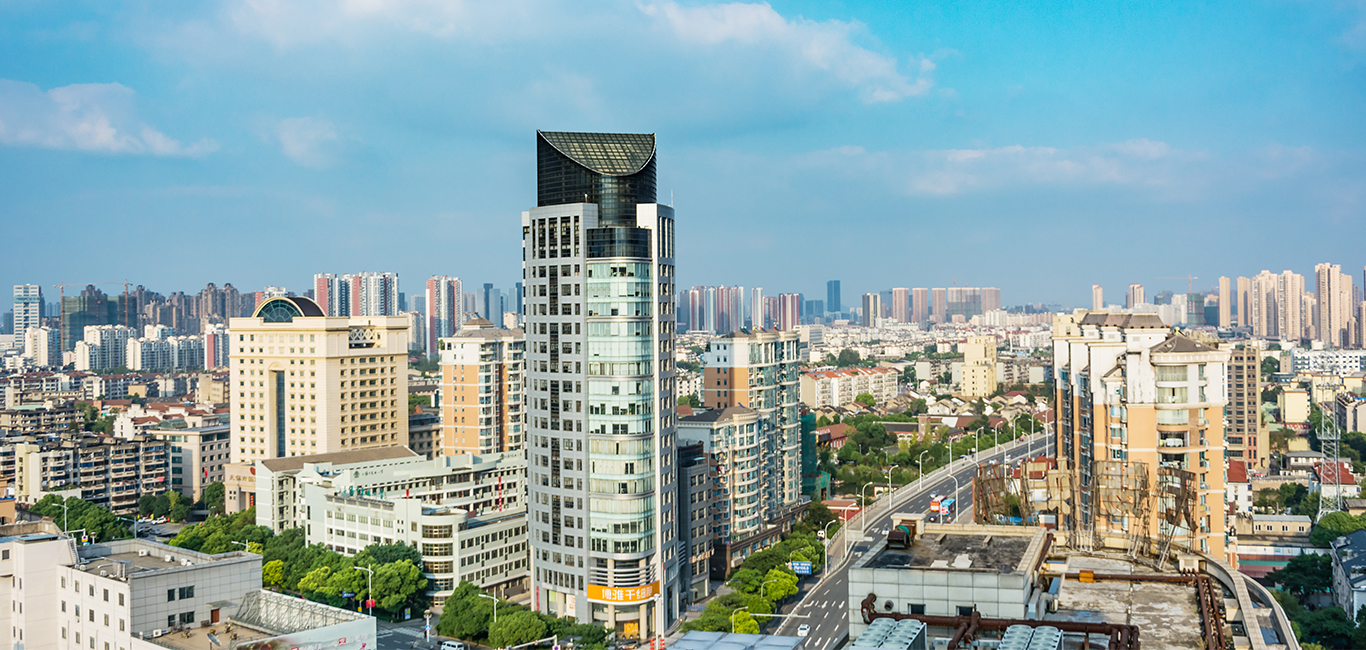21 Nov 2024
India’s skyline is undergoing a dramatic transformation. Real estate is at the heart of this evolution, and it’s not just shaping the way our cities look, it's redefining how we live, work, and dream. But is real estate truly the architect behind this vertical revolution, or is it just riding the wave of urbanization? Let’s see the bricks, mortar, and imagination driving this change.
India, a land of sprawling fields and bustling bazaars, was never traditionally known for its verticality. Yet today, cities like Gurgaon, Pune, and Hyderabad boast skylines that could rival global metropolises. Real estate developers have traded horizontal sprawl for vertical ambition, building skyscrapers that are as much symbols of luxury as they are of progress.
Take Mumbai’s Worli Sea Link skyline, for instance. It’s a narrative of aspiration. Luxury high rises with infinity pools, penthouses with private elevators, and office towers that double as architectural marvels they’re not just changing the skyline , they’re shaping lifestyles.
With India’s urban population projected to reach 600 million by 2030, the demand for urban housing and commercial spaces is skyrocketing. Real estate developers are stepping up, creating projects that maximize land use in crowded cities. High rises are no longer a luxury, they're a necessity.
Cities like Delhi NCR and Chennai are seeing a surge in mixed use developments that combine residential, retail, and office spaces in one vertical ecosystem. These skyscrapers aren’t just altering skylines, they’re rewriting the rulebook on urban living.
The real estate boom isn’t just about height, it's about smart design. Today’s towers aren’t just concrete monoliths , they’re intelligent, sustainable, and tech driven. Smart buildings equipped with IoT systems, green roofs that combat urban heat, and solar panels that power entire floors are becoming the norm.
Developers are no longer just competing for space , they’re vying for innovation. Projects like Bangalore’s IT corridors and Hyderabad’s Financial District are leading examples of tech driven real estate shaping modern India.
If there’s one area where real estate is literally shaping the skyline, it’s in commercial real estate. Cities like Pune, Gurgaon, and Bangalore are witnessing an explosion of high rise office spaces. Tech parks, co-working hubs, and headquarters of multinational corporations are now towering landmarks that define these cities.
These developments don’t just accommodate businesses, they attract them. The skyline becomes a selling point, a visual testament to a city’s economic pulse.
Let’s not forget the luxury sector, where real estate developers are pushing the boundaries of architectural opulence. Projects like Lodha Altamount in Mumbai or Trump Towers in Pune are less about meeting housing demands and more about creating landmarks that redefine luxury.
While the boom is undeniable, the journey isn’t without hurdles. Infrastructure often struggles to keep pace with vertical growth. Skyscrapers demand robust power, water, and transportation networks something many Indian cities are still catching up on.
The rush to build higher sometimes overlooks the need for green spaces, causing concerns about livability. The challenge for real estate isn’t just to touch the sky but to make sure the ground below remains livable.
Real estate is undeniably shaping the Indian skyline. The question isn’t whether it’s happening, it's how far it will go. With urbanization, innovation, and sustainability as driving forces, the future of India’s skyline is as limitless as its aspirations.
So, the next time you see a new skyscraper dominating your city’s horizon, remember: it’s not just a building , it’s a testament to the dreams shaping modern India.








